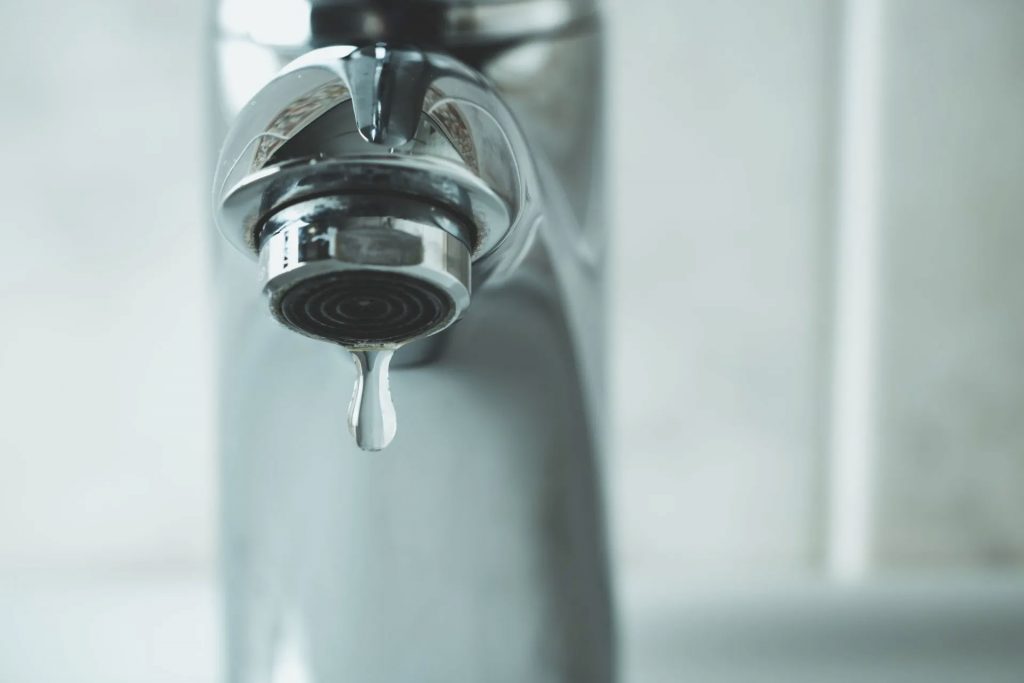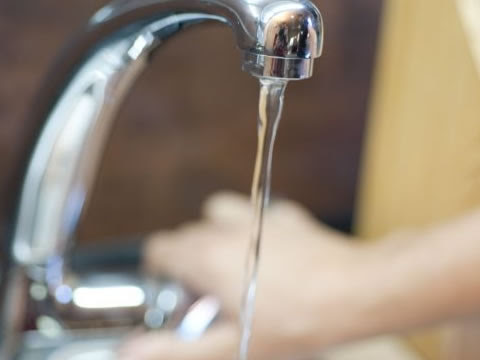Effective Methods for Resolving Low Water Pressure in Your Home
Effective Methods for Resolving Low Water Pressure in Your Home
Blog Article
Each person seems to have their private thoughts when it comes to Dealing with Low Water Pressure in Your Home.

Low tide pressure in your home can be an irritating issue, influencing everything from showering to cleaning recipes. If you're experiencing weak water circulation, there are several feasible reasons and services to check out. In this overview, we'll talk about usual factors for low tide pressure and functional steps to resolve the concern successfully.
Intro to Low Tide Stress
Low water stress occurs when the circulation of water from your taps, showers, and other components is weak than normal. This can make everyday tasks much more tough and much less efficient. Comprehending the causes of low water pressure is vital to finding the right option.
Typical Causes of Low Tide Stress
Pipeline Obstructions
With time, pipes can come to be clogged with natural resource, debris, or debris, restricting the flow of water. This is a common issue in older homes with galvanized steel pipes.
Rust
Corrosion within pipes can bring about leakages and lowered water stress. Rust buildup can tighten water flow, particularly in maturing plumbing systems.
Faulty Pressure Regulators
Stress regulatory authorities are in charge of maintaining regular water stress in your house. If they malfunction, it can result in low tide stress or unequal flow throughout your home.
Local Water Issues
Occasionally, the problem exists outside your home. Municipal water supply concerns, such as main line leakages or maintenance job, can momentarily decrease water stress in your location.
How to Detect Low Water Stress
Examining Faucets and Fixtures
Begin by evaluating the water stress at different taps and components throughout your home. If the concern is isolated to certain locations, it might indicate localized problems.
Examining Pipelines
Examine noticeable pipelines for signs of leakages, rust, or clogs. Focus on any unusual sounds, such as banging or rattling pipes, which can show problems within the plumbing system.
Consulting with a Plumber
If you're unable to determine the source of low tide stress, consider employing a professional plumber to carry out a thorough evaluation. They can determine underlying problems and recommend appropriate solutions.
Do It Yourself Solutions to Deal With Low Water Stress
Cleansing Aerators and Showerheads
Natural resources can build up in aerators and showerheads, reducing water circulation. Remove and cleanse these elements on a regular basis to improve water stress.
Flushing Hot Water Heater
Debris build-up in the water heater can limit flow and lower efficiency. Flushing the container occasionally assists remove debris and maintain ideal performance.
Inspecting Pressure Regulator
Ensure that the pressure regulatory authority is functioning correctly. Adjusting or changing the regulatory authority can help bring back correct water pressure throughout your home.
Clearing Up Clogs in Water Lines
For small blockages, attempt making use of a plumbing serpent or chemical drain cleaner to clear obstructions in pipelines. Be cautious when making use of chemicals and follow safety and security standards.
When to Call a Specialist Plumber
If DIY efforts fail to settle the problem or if you suspect considerable plumbing troubles, it's ideal to seek aid from an accredited plumber. They have the experience and tools to attend to complicated problems safely and efficiently.
Safety Nets to Preserve Water Pressure
Regular Maintenance
Set up routine upkeep for your plumbing system to stop problems such as rust, leakages, and blockages. Dealing with minor issues early can help avoid more significant fixings in the future.
Installing a Stress Booster
Take into consideration setting up a stress booster pump to boost water pressure in locations with regularly low flow. This can be particularly advantageous for multi-story homes or properties with high-demand components.
Tracking Water Use
Bear in mind water use routines and prevent overtaxing the plumbing system. Straightforward adjustments, such as shocking showers and washing loads, can help keep appropriate water stress.
Verdict
Handling low water stress can be frustrating, but determining the underlying causes and applying appropriate options can recover ideal flow throughout your home. Whether it's cleaning up aerators, evaluating pipelines, or consulting with a plumber, taking proactive steps can make certain a steady supply of water for your daily demands.
FOUR WAYS TO FIX LOW WATER PRESSURE NOW
Turning on a shower or faucet only to find the water comes out in a sad, slow drizzle is never a good feeling. How exactly are you supposed to wash a pan or take a quick shower when it takes 10 minutes just to rinse off a little soap? The good news is that when your water pressure is bad, there's always a cause: typically one that can be easily fixed. Here are some of the most common causes of low pressure and what you can do to fix the issue:
DEBRIS AND MINERAL DEPOSIT BUILDUPS
If you notice low water pressure from just one or two of the fixtures in your house, the problem likely has to do with debris buildup. Water is full of minerals and other debris, all of which can accumulate in your pipes and on your fixtures. This can cause a blockage that affects how much water flows through. To fix this, try filling a small plastic bag with white vinegar, and use a rubber band to hang it around your showerhead or faucet. Let the head of the fixture soak for a few hours, and the vinegar should loosen the deposits.
WATER LEAKS
Leaks are another common cause of low water pressure. If water is flowing out of your plumbing through a hole or crack before it can reach your fixture, the pressure coming out of the faucet or showerhead will be lower. A plumbing professional is your best bet for finding and repairing a leak in your water supply pipes.
Leaks are another common cause of low water pressure. If water is flowing out of your plumbing through a hole or crack before it can reach your fixture, the pressure coming out of the faucet or showerhead will be lower. A plumbing professional is your best bet for finding and repairing a leak in your water supply pipes.
FOUR WAYS TO FIX LOW WATER PRESSURE NOW
Turning on a shower or faucet only to find the water comes out in a sad, slow drizzle is never a good feeling. How exactly are you supposed to wash a pan or take a quick shower when it takes 10 minutes just to rinse off a little soap? The good news is that when your water pressure is bad, there's always a cause: typically one that can be easily fixed. Here are some of the most common causes of low pressure and what you can do to fix the issue:
DEBRIS AND MINERAL DEPOSIT BUILDUPS
If you notice low water pressure from just one or two of the fixtures in your house, the problem likely has to do with debris buildup. Water is full of minerals and other debris, all of which can accumulate in your pipes and on your fixtures. This can cause a blockage that affects how much water flows through. To fix this, try filling a small plastic bag with white vinegar, and use a rubber band to hang it around your showerhead or faucet. Let the head of the fixture soak for a few hours, and the vinegar should loosen the deposits.
WATER LEAKS
Leaks are another common cause of low water pressure. If water is flowing out of your plumbing through a hole or crack before it can reach your fixture, the pressure coming out of the faucet or showerhead will be lower. A plumbing professional is your best bet for finding and repairing a leak in your water supply pipes.
Leaks are another common cause of low water pressure. If water is flowing out of your plumbing through a hole or crack before it can reach your fixture, the pressure coming out of the faucet or showerhead will be lower. A plumbing professional is your best bet for finding and repairing a leak in your water supply pipes.
A VALVE ISSUE
If you have low water pressure throughout your home, check your main shut-off valve to make sure it's completely open. You may also want to see if there's a pressure-reducing valve installed. If there is, have a plumber help you adjust the settings to get the pressure you're looking for.
OTHERS USING WATER
Believe it or not, your low water pressure could be caused by your neighbors. If you notice low pressure at certain times of day, it may be because you and the people living next to you have similar schedules - when everyone is showering at the same time, the pressure will be lower in every home. Low pressure throughout the neighborhood may also be caused by an issue with your municipal water supply. If that's the case, call the supplier to see if they're working on the issue.
https://www.rotorooter.com/blog/water-leaking/low-water-pressure-fixes/

I hope you enjoyed our excerpt on . Thanks so much for taking a few minutes to read our article post. Are you aware of anybody else who is truly interested in the topic? Why not promote it. We recognize the value of reading our article about 9 Reasons for Low Water Pressure in Your House.
Contact Report this page